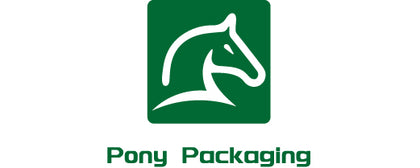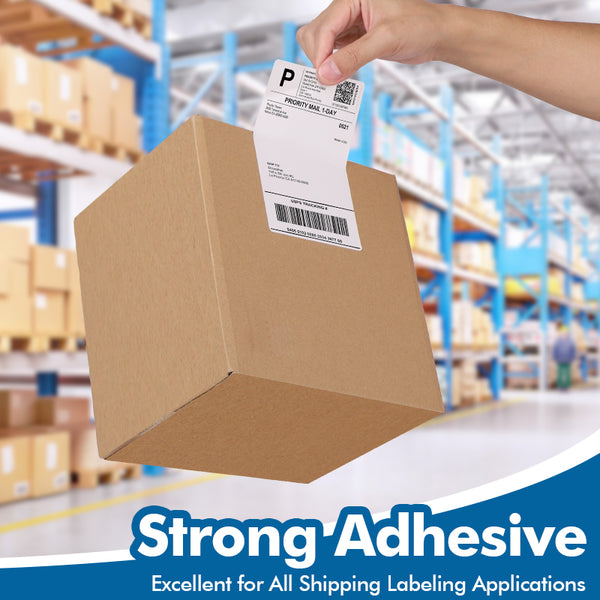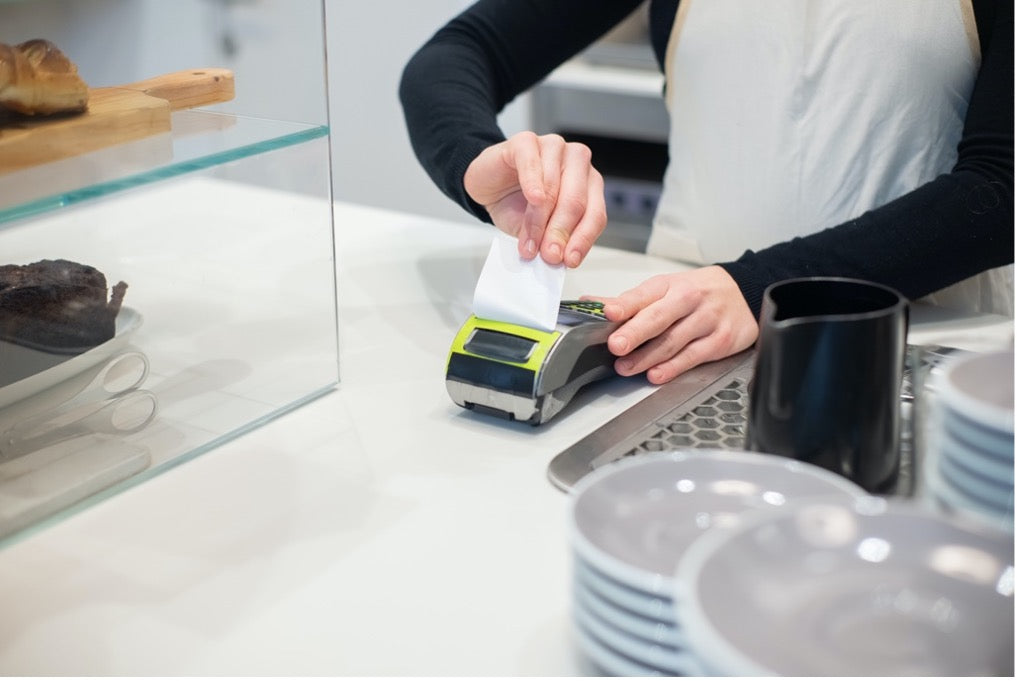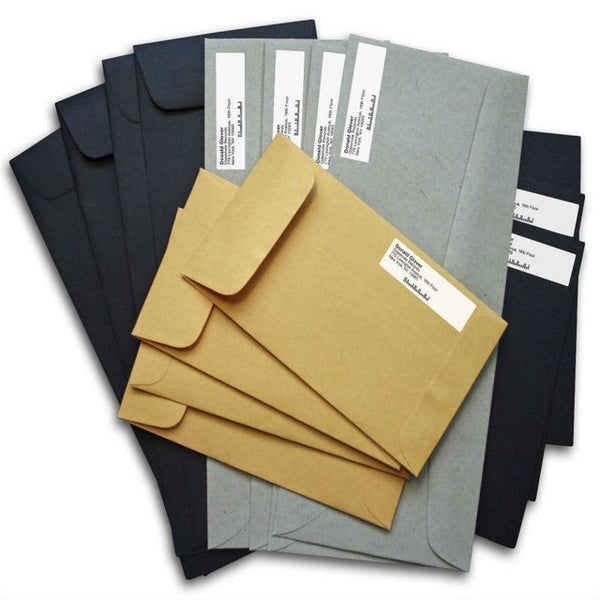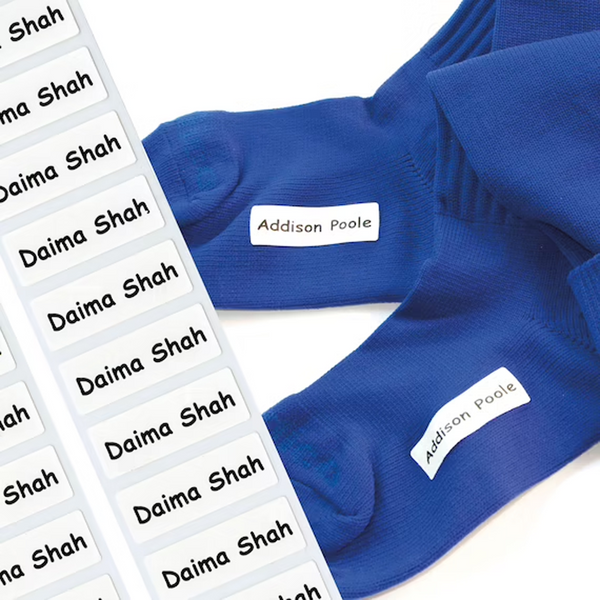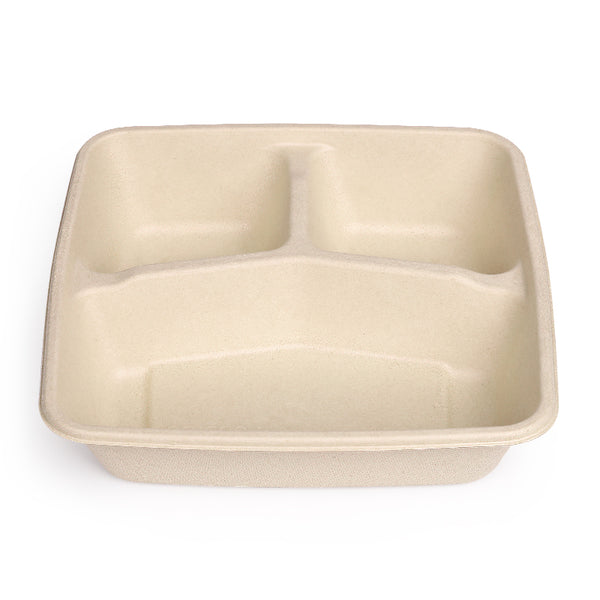Optimal Operating Temperature for Thermal Paper
Introduction
In the digital age, where paperless transactions are becoming increasingly prevalent, thermal paper remains a crucial element in various industries. This specialized paper, often used in receipts and point-of-sale systems, relies on a fascinating interplay of temperature and composition. In this article, we will delve into the world of thermal paper, discussing its optimal temperature, composition, and widespread applications.
Understanding Thermal Paper
At the core of thermal paper lies a unique chemical composition. Unlike traditional paper, thermal paper is coated with a special layer containing chemicals that react to heat. This distinctive characteristic allows thermal paper to create images without the need for ink or ribbons. Instead, the paper darkens in response to heat, making it an efficient and cost-effective option for printing.
Optimal Temperature for Thermal Paper
The optimal temperature for thermal paper can vary, but a common range is between 150 to 185 degrees Celsius (302 to 365 degrees Fahrenheit). This temperature range is crucial for the chemical reaction to occur, resulting in the creation of visible images on the paper. It's worth noting that exposure to temperatures beyond this range can lead to unwanted darkening or fading of the images.
Applications of Thermal Paper
-
Receipt Paper: One of the most common applications of thermal paper is in the production of receipts. Thermal receipt paper is widely used in retail environments, restaurants, and other businesses where quick and efficient printing of transaction details is essential. The ability to produce clear and legible receipts without the need for ink makes thermal receipt paper a preferred choice.
-
Thermal Paper Rolls: Thermal paper rolls come in various sizes, with the 3 1 8 x 230 thermal paper being a popular choice. These rolls are commonly used in point-of-sale systems and credit card terminals. The compact size and efficiency of thermal paper rolls make them ideal for businesses with high transaction volumes.
-
Thermal Register Paper: Thermal register paper is tailored for use in cash registers. The quick printing capabilities of thermal register paper ensure smooth and uninterrupted transactions at checkout counters. Businesses benefit from the reliability and speed offered by this type of thermal paper.
The Environmental Impact
While thermal paper offers several advantages, it's essential to address its environmental impact. The coating on thermal paper often contains chemicals like bisphenol A (BPA) or bisphenol S (BPS). These chemicals have raised concerns about their potential health effects and environmental persistence. As a response to these concerns, there is an increasing shift towards developing BPA-free thermal paper.
Conclusion
In conclusion, thermal paper plays a significant role in various industries due to its unique composition and ability to produce images through heat activation. Understanding the optimal temperature for thermal paper, along with its diverse applications, sheds light on the importance of this technology in everyday transactions. As technology continues to advance, the evolution of thermal paper, including efforts to reduce environmental impact, will likely shape the future of this indispensable material in the world of printing and record-keeping.
